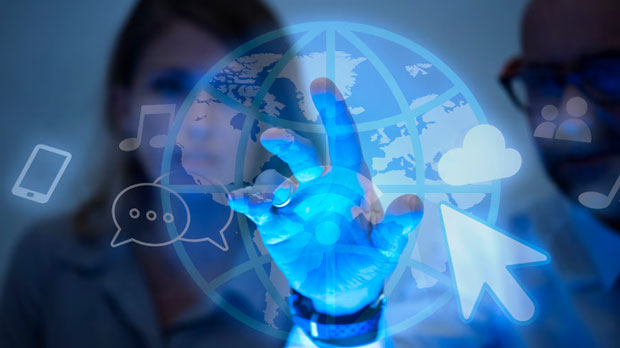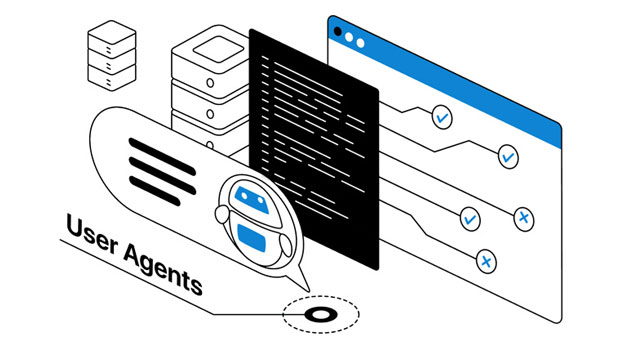In today’s digital landscape, businesses and advertisers face growing challenges in ensuring their content is not blocked and that advertising campaigns run smoothly. One essential tool in overcoming these obstacles is the socks5 proxy. It is a highly effective technology for bypassing geo-restrictions, evading IP bans, and ensuring anonymity. This practical guide explores the use of sock s5 proxies for advertising verification and anti-blocking measures. By the end of this article, readers will understand how SOCKS5 proxies function, how they can be used to overcome advertising verification issues, and how to maintain the efficiency of online campaigns without being hindered by location-based restrictions or blocking mechanisms. Understanding SOCKS5 ProxySOCKS5, or "Socket Secure version 5," is a protocol used to route network traffic through an intermediary server. This server, known as a proxy, acts as a middleman between the user and the internet, hiding the user’s IP address while providing access to restricted content or services. SOCKS5 differs from other proxy types (such as HTTP or HTTPS) because it can handle any kind of internet traffic, including UDP (User Datagram Protocol) and TCP (Transmission Control Protocol), making it highly versatile for various online activities.The Role of SOCKS5 in Advertising VerificationIn the world of digital advertising, ensuring that ads are displayed correctly across different platforms and regions is crucial. However, advertisers often encounter issues with ads being blocked or restricted due to geographical limitations, IP bans, or suspicious activity triggers. These issues can lead to reduced visibility and performance for online ad campaigns.Here’s where SOCKS5 proxies can be highly beneficial. By masking the original IP address and providing a fresh one from a different location, SOCKS5 proxies allow advertisers to test their campaigns in various regions. This can help verify that ads are being shown to the correct audiences without being blocked by local restrictions or firewalls.For instance, if an ad campaign is supposed to be visible in a specific country but is being blocked due to IP-based restrictions, using a SOCKS5 proxy located in that region will allow advertisers to see exactly what the campaign looks like from that location. This ensures that the ads are being delivered as expected and can help identify any potential problems before they affect real users.SOCKS5 Proxy for Anti-Blocking MeasuresBlocking is a common issue faced by digital advertisers, especially when using automated tools like web scrapers, bots, or ad verification tools. Websites and ad platforms often have security mechanisms in place to prevent such activities, including the use of IP blacklisting or CAPTCHA challenges. SOCKS5 proxies are an effective solution to these problems.The primary reason SOCKS5 proxies are effective at avoiding blocking is that they hide the real IP address of the user. When a user connects through a SOCKS5 proxy, the IP address visible to the target website or service is the one assigned to the proxy, not the user’s actual address. This makes it much harder for websites to track and block users based on their IP addresses.Additionally, SOCKS5 proxies support authentication, meaning only authorized users can access them. This makes it more difficult for websites to detect and block traffic coming from these proxies, enhancing their reliability for ad verification and anti-blocking purposes.Advantages of Using SOCKS5 Proxies for Advertising1. Improved Anonymity: SOCKS5 proxies provide enhanced privacy by masking the user’s real IP address, making it difficult for advertisers or websites to track the user’s online activities. 2. Geo-Targeting: SOCKS5 proxies allow users to access content as if they are in different regions, enabling advertisers to check whether their campaigns are targeted correctly across borders.3. Enhanced Speed and Stability: Unlike traditional HTTP proxies, SOCKS5 proxies can handle a wide range of internet traffic, including high-speed and real-time data, which is crucial for tasks like video streaming or bulk data scraping for ad verification.4. Bypass Geo-Restrictions: Many advertising platforms block access from specific regions. Using SOCKS5 proxies, advertisers can bypass these restrictions, ensuring that their ads are accessible from anywhere in the world.5. Reduced Risk of IP Bans: Because SOCKS5 proxies rotate IP addresses or use different ones for each connection, there’s a reduced risk of having a specific IP address blacklisted. This makes SOCKS5 proxies ideal for ad verification tools that need to run multiple tests or campaigns without triggering security measures.How to Use SOCKS5 Proxy for Advertising VerificationTo effectively use a SOCKS5 proxy for advertising verification, advertisers should follow these steps:1. Choose a Reliable Proxy Provider: Select a trustworthy provider that offers high-speed, stable, and secure SOCKS5 proxies with a variety of geo-locations. 2. Set Up the Proxy on Your Device or Tool: After obtaining the proxy details, configure your device, browser, or advertising tool to route traffic through the SOCKS5 proxy.3. Test Ads from Different Locations: Use the proxy to test how ads are displayed in different regions or on different devices. This helps ensure the ads are being shown properly and can identify potential location-based blocking issues.4. Monitor Campaigns for Errors or Blocks: While running your campaigns, monitor performance to ensure there are no IP-related blocks or restrictions. SOCKS5 proxies can help mitigate these issues and ensure smooth ad delivery.5. Review Data and Make Adjustments: After testing and gathering data, use the insights to make any necessary adjustments to the campaign. This could include modifying geo-targeting, changing ad creatives, or addressing any technical issues related to ad delivery.Challenges and ConsiderationsWhile SOCKS5 proxies are highly effective, they are not a one-size-fits-all solution. There are several considerations that advertisers should keep in mind when using SOCKS5 proxies for advertising verification:1. Proxy Quality: Not all proxies are created equal. Poor quality proxies can lead to slow speeds, connection drops, or even detection by websites. It's important to choose a proxy provider that offers high-quality, well-maintained proxies.2. Ethical Considerations: Using proxies to bypass geo-restrictions or access content in unauthorized ways can raise ethical concerns. Advertisers should ensure they are using proxies in compliance with local laws and the terms of service of the platforms they are working with.3. Security Risks: While SOCKS5 proxies can provide anonymity, they do not encrypt data like VPNs do. If security is a priority, consider using SOCKS5 proxies in conjunction with additional security measures, such as HTTPS or a VPN.In conclusion, SOCKS5 proxies are a powerful tool for digital advertisers looking to overcome challenges related to ad verification and anti-blocking. By offering the ability to mask IP addresses, bypass geo-restrictions, and evade detection, SOCKS5 proxies provide a critical advantage in the competitive world of online advertising. However, it’s important to select high-quality proxies, use them ethically, and ensure they are part of a comprehensive digital strategy. When used correctly, SOCKS5 proxies can significantly enhance the effectiveness of ad campaigns and help businesses reach their target audiences without being hindered by online restrictions.
Nov 14, 2025


































































